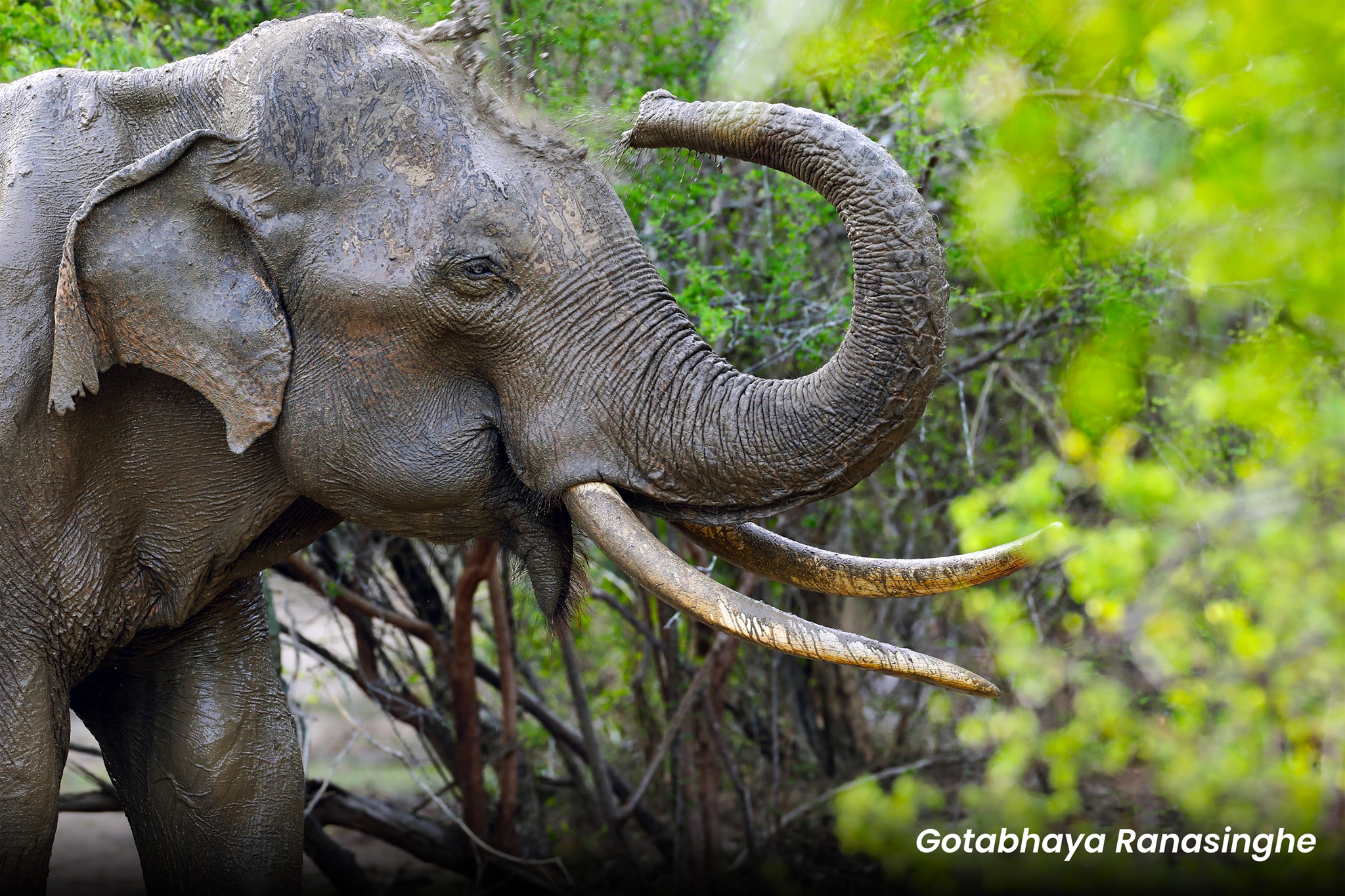The Great Gathering of Elephants” in Minneriya!
An Irrevocable Hit on Tourism & Unfortunate Ending to One of the Most Spectacular Wildlife Wonders in the World
The lush grasslands surrounding the Minneriya and Kaudulla reservoirs have been the backdrop to a unique spectacle: the largest gathering of Asian elephants on earth, termed the ‘The Great Elephant Gathering of Asia’, since the construction of the reservoirs in the 3rd century. This centuries-old gathering has been brought to an abrupt halt by the recently constructed Moragahakanda- Kaluganga development project.
In 2018, Dr. Sumith Pilapitiya, former Director-General of the Department of Wildlife Conservation and former Lead Environmental Specialist at the World Bank, famously predicted that inundation of the surrounding grasslands would cut off a key source of dry-season forage for the yearly gathering of more than 500 elephants. Dr. Sumith expected this to cause a steep drop in elephant numbers, a rise in human-elephant conflicts, and a significant impact on the nearly 1.25 billion rupee tourism industry in the area.
Two years later, these dire predictions have come visibly true. This season, the gathering saw only close to 30 elephants. The new irrigation scheme has increased cultivation and human
encroachment in the area, with the remaining elephant population foraging for new sources of food in the very agricultural areas that the irrigation scheme was meant to supply. This has inevitably lead to a heightened rate of human-elephant conflicts, with the gradual conquering and decimation of the resident elephant population.
The resulting impact on tourism will be far-reaching and significant.
These are the economic and, more significantly, the environmental costs of such a project. As a developing nation, sustainable development projects help to strengthen the fabric of infrastructure within the country. Yet concurrently, it is essential that the environmental and socio-economic impacts of such development projects are not neglected. If we are to save our precious environmental resources for all who live in our motherland, both humans and animals, such unsustainable development practices must stop, and these habitats must be restored to their rightful owners.




